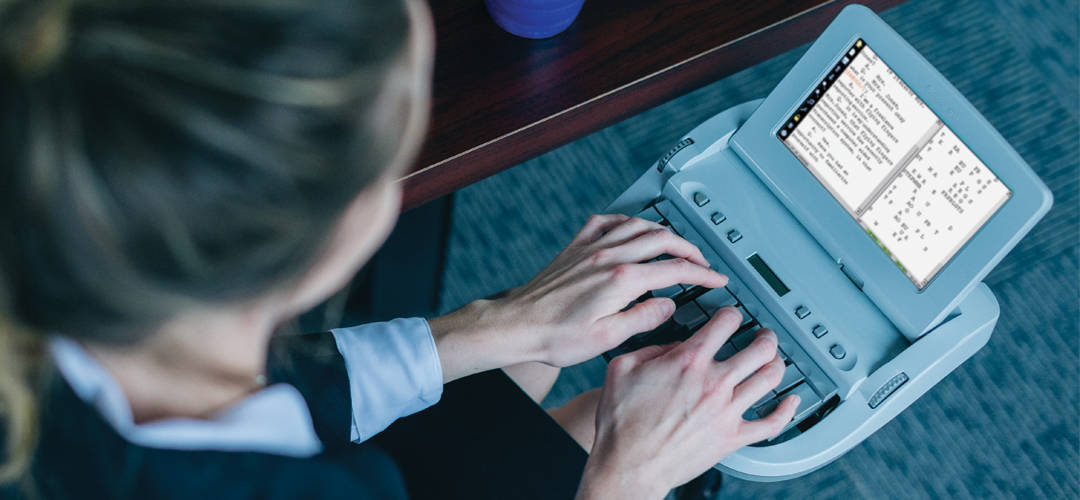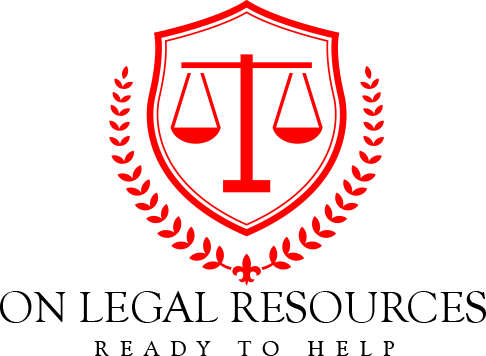Ways Court Reporters Continue to Thrive
August 31, 2018
Court reporting is a profession that often goes underappreciated. When thinking of careers involving the courtroom, it’s obvious that we need judges, lawyers, and bailiffs. However, those not in the spotlight are just as important. Whether you’re part of a team of Brisbane compensation lawyers, a judge looking for precedent in a case, or a mediator attempting to guide a case toward a compromise, court reporters are vital to every moment in a courtroom.
Most people likely believe that court reporting is the transcription of what is said in court to the written word, and that is partially correct, though simplified. Not all of a court reporter’s work is done in the courtroom. With today’s technology, one might wonder why audio and video recording haven’t made the idea of the court reporter obsolete. There are some concerns with this, but top court reporting agencies, like this Miami court reporter service, adapt to new technologies and offer exceptional services to keep the court reporting field going strong. The following are just some of the ways this is possible.
CAT
While some courtrooms still use the stenographer approach (a reporter types words verbatim in private), it’s becoming more common for courts to use computer-aided transcription. This allows court minutes to be displayed inside the courtroom (automatically translation from stenography to plain English) or even to other locations. This is useful both for record-keeping purposes and to assist the hearing impaired. On that note, the software can also be used to convert audio and video to text. This technology can be thought of as a marriage of old and new techniques.
LiveNote
As for work done outside of the courtroom, modern technology has made things more convenient than ever. With high definition video conferencing, court reporters, attorneys, and even potential witnesses can communicate and be recorded from anywhere. This ability allows court reporters to offer their services not only in their local area, but potentially throughout the nation. It’s also hugely convenient for depositions, as each person involved no longer has to be in the same room.
LiveNote in particular should be part of any modern court reporter’s toolkit. This is essential for communication between court reporters and attorneys as it allows each party to see legal documentation while it is being written to ensure satisfaction. It also enables highlights and annotations in stream. If dealing with an international case, court reporters can make use of these programs to provide immediate translations from any location, as well.
Rough Drafts
It used to be a lengthy and sometimes costly process to obtain a transcript of the stenography after a disposition. Thankfully, this no longer has to be the case. With rare exception, court reporters can provide clients with a plain English soft copy rough draft the day of a deposition. Electronic transcript files are also able to be delivered immediately upon the final draft’s completion, saving everyone valuable time.
Constant Service
The best court reporting services offer 24/7 legal counseling, even on holidays, in order to stay on top of the competition. In addition to constant service, they also offer repositories that are searchable online. This allows for clients to search for the company’s past work including transcripts and videos to ensure they are a good fit.
One of the best parts of a court reporter’s skill set is that it isn’t just limited to the legal system. Some court reporters use their skills to provide closed captioning for video broadcasting, real time reporting during live events, or webcasting. With plenty of options both in and out of the legal system, modern court reporting can be a lucrative career.
